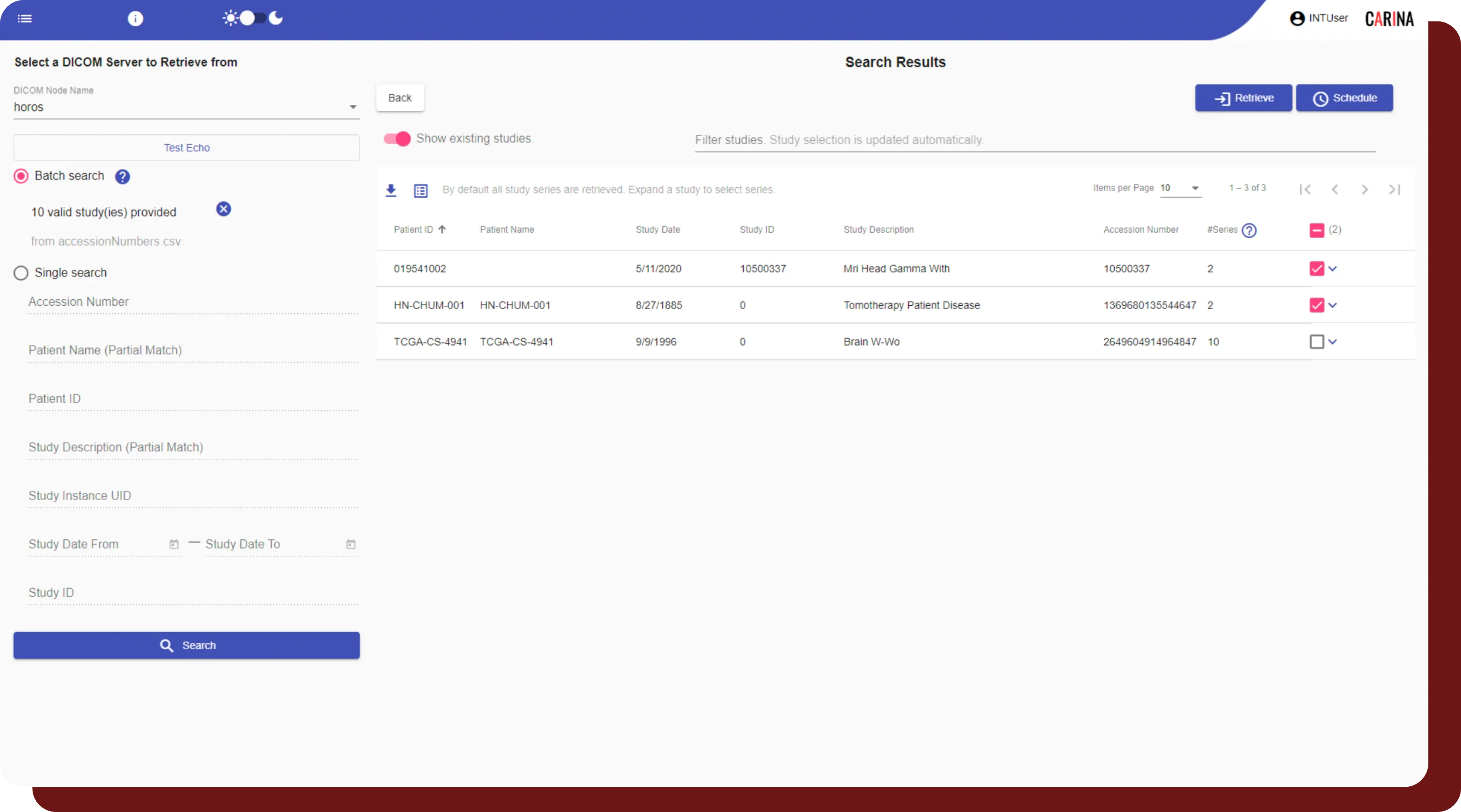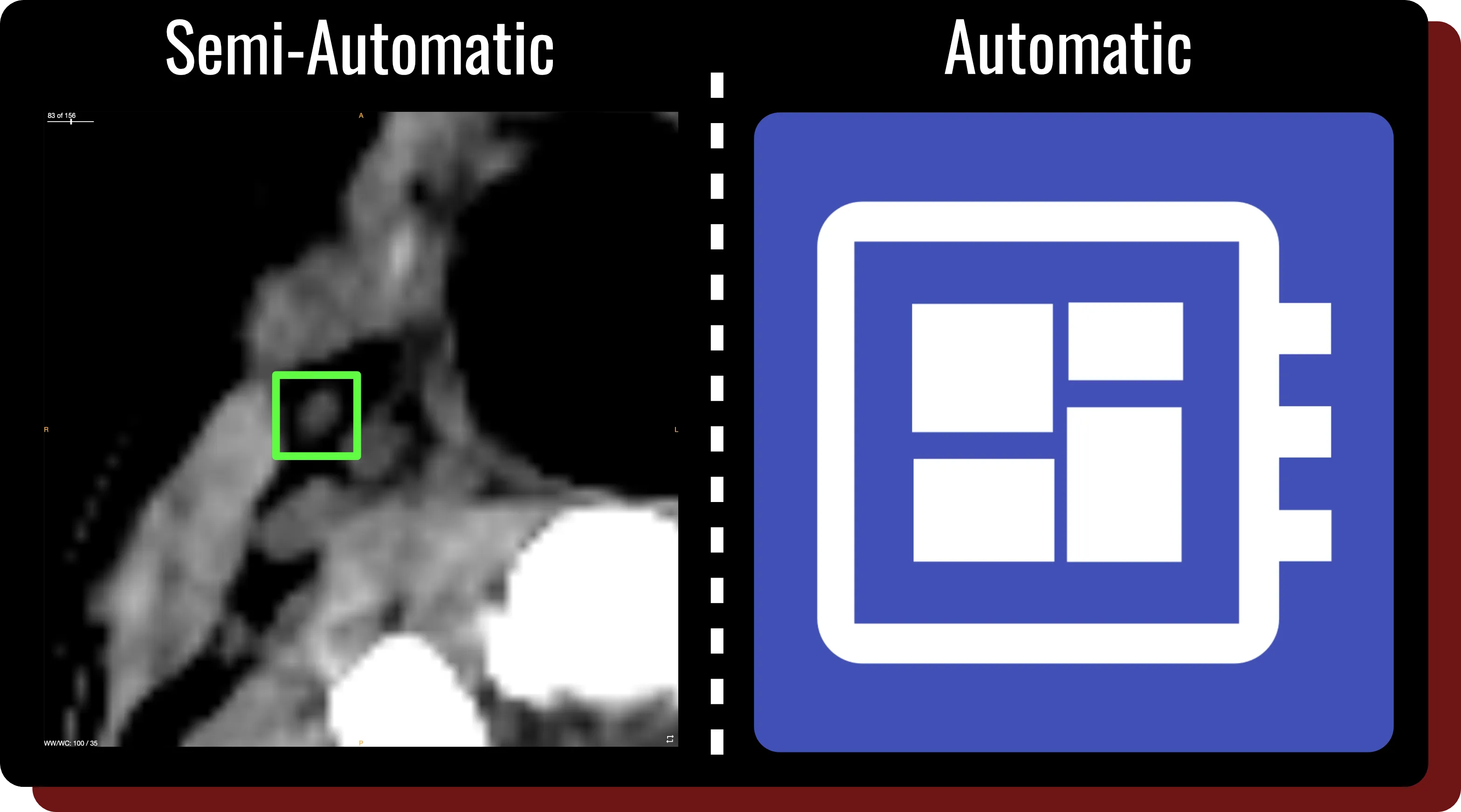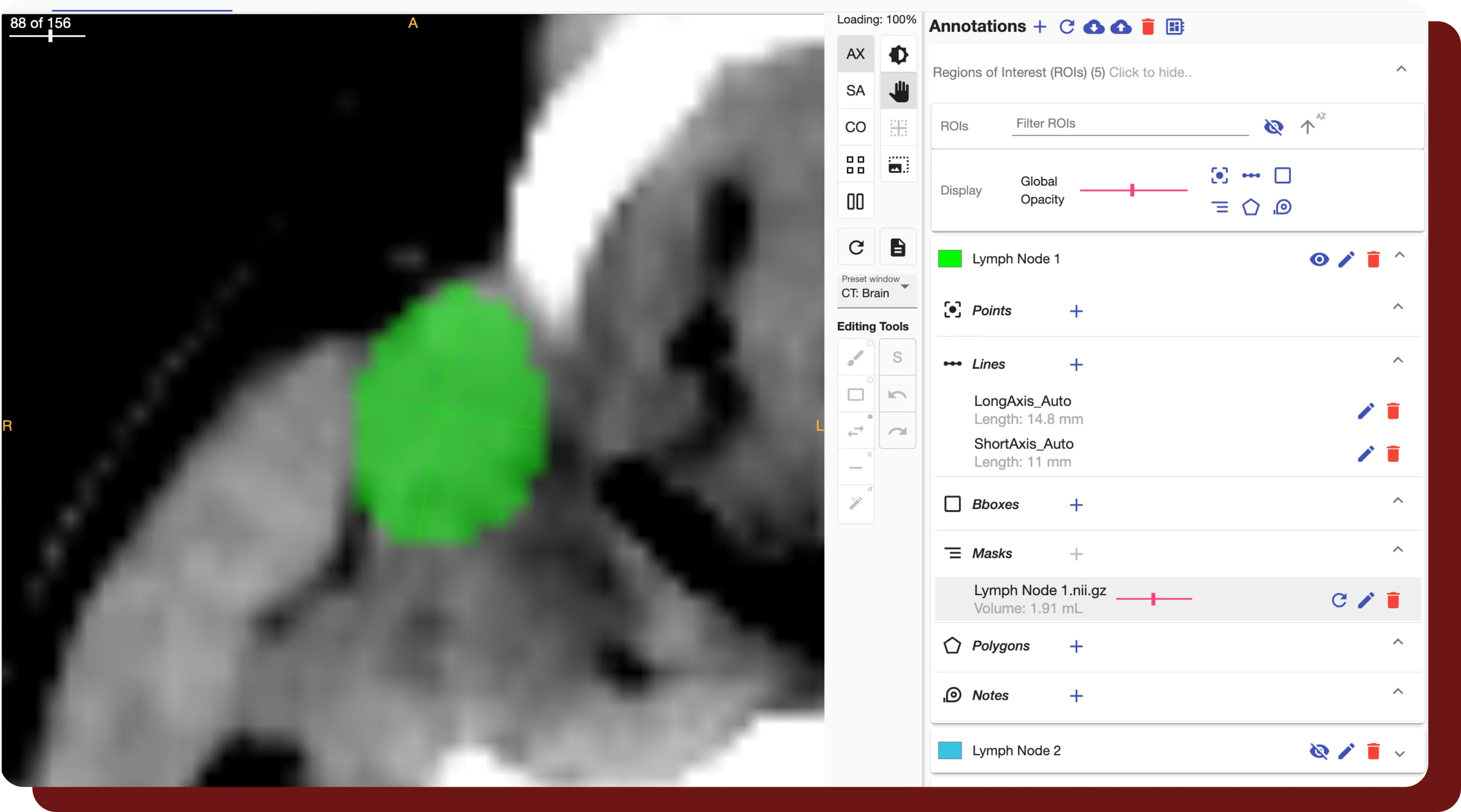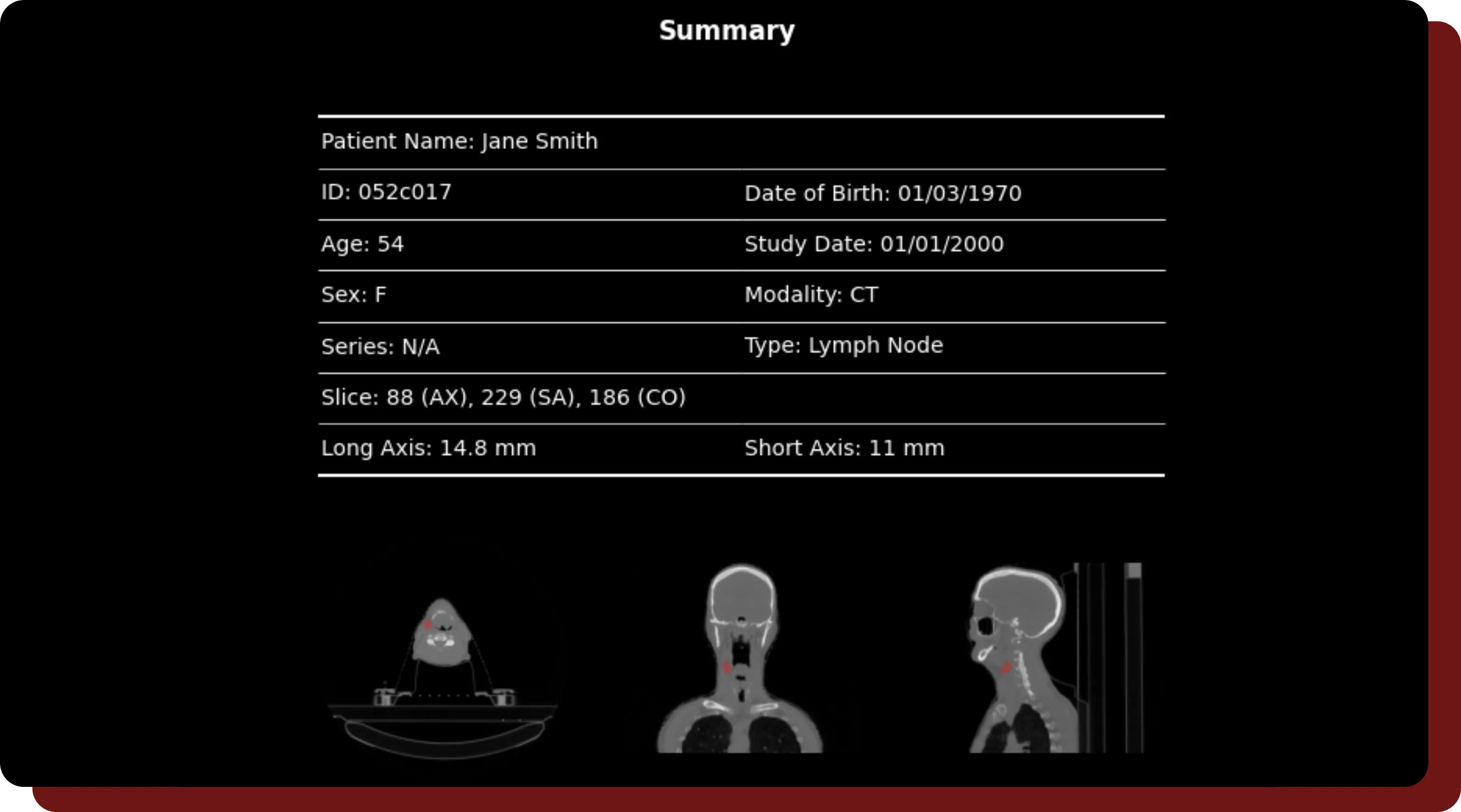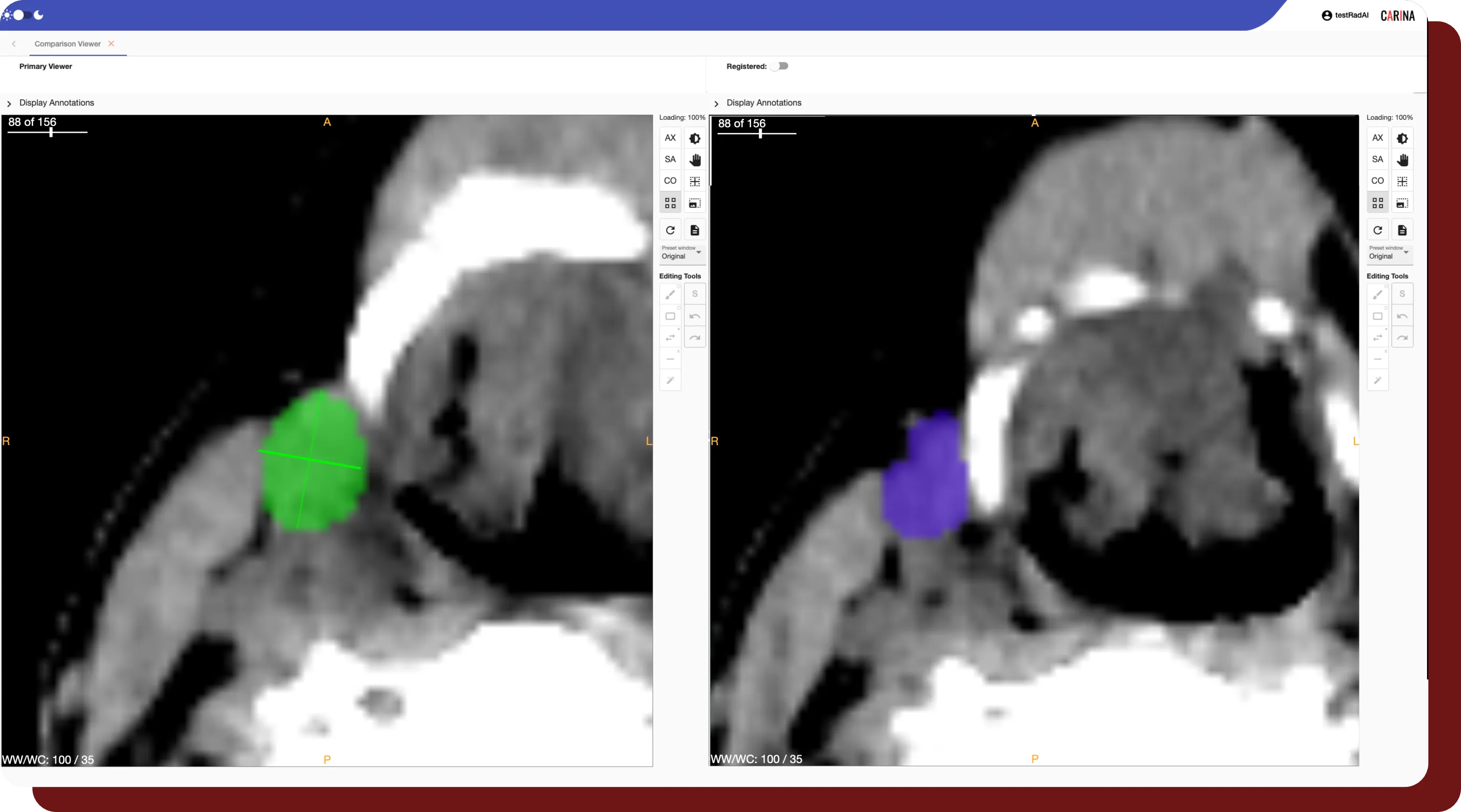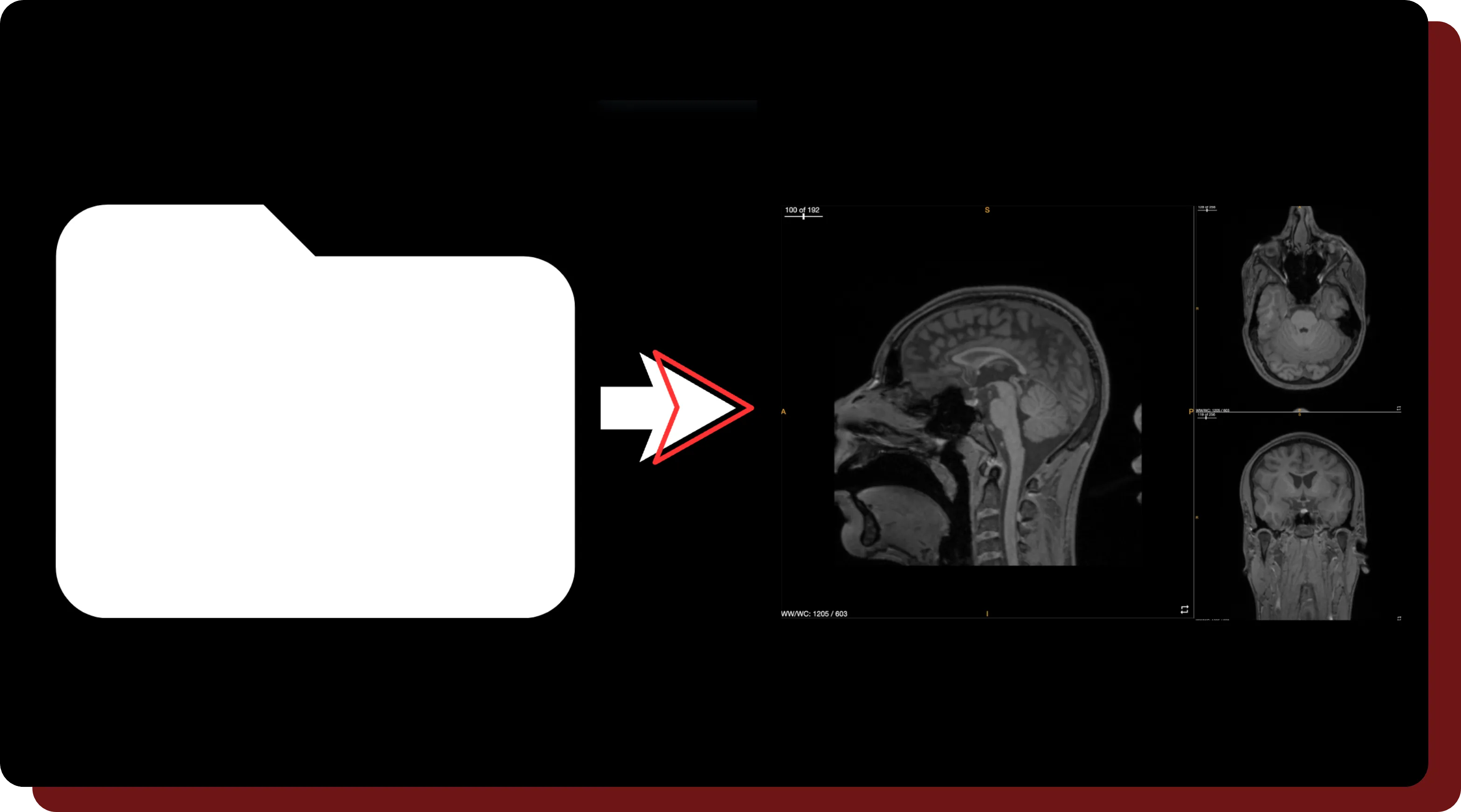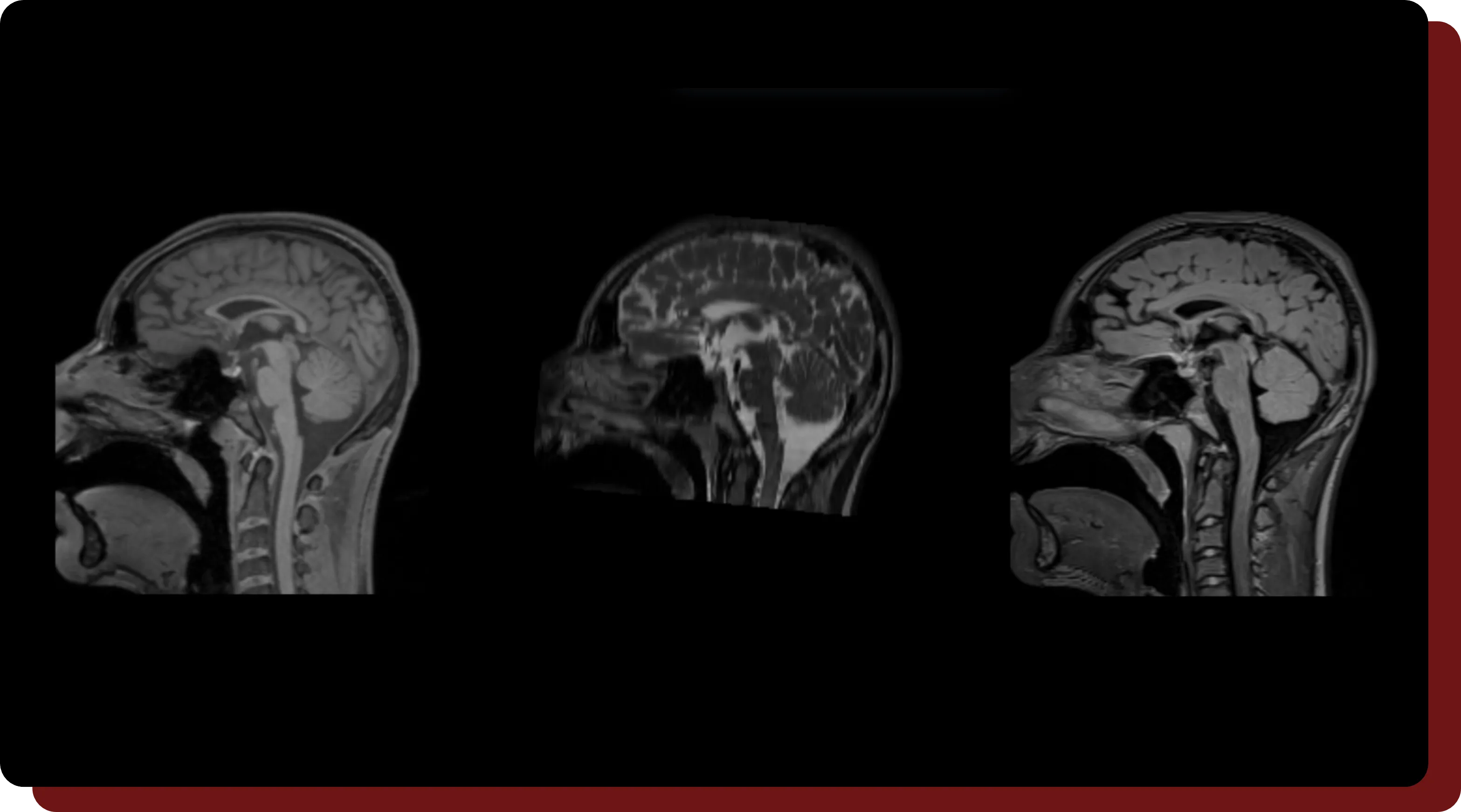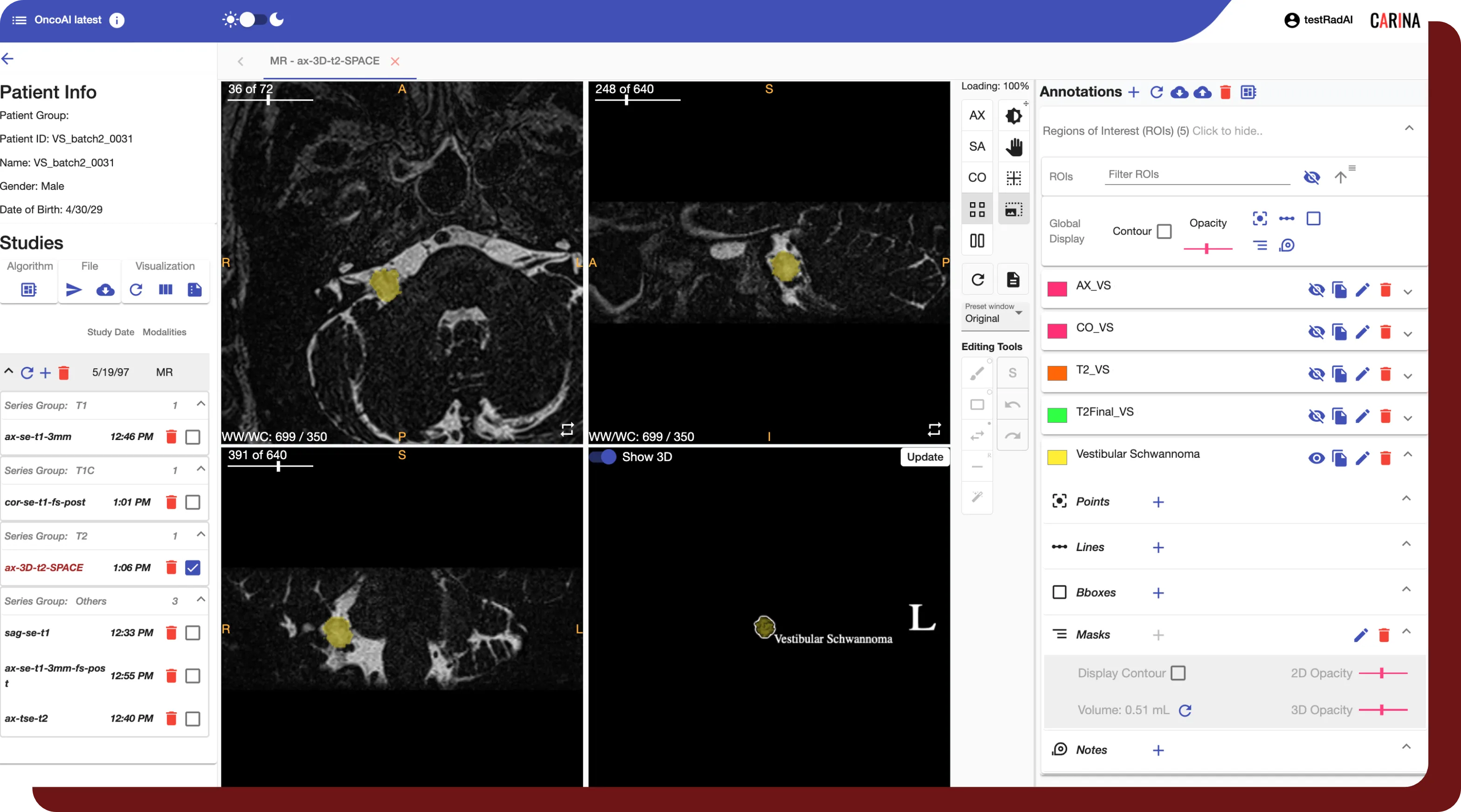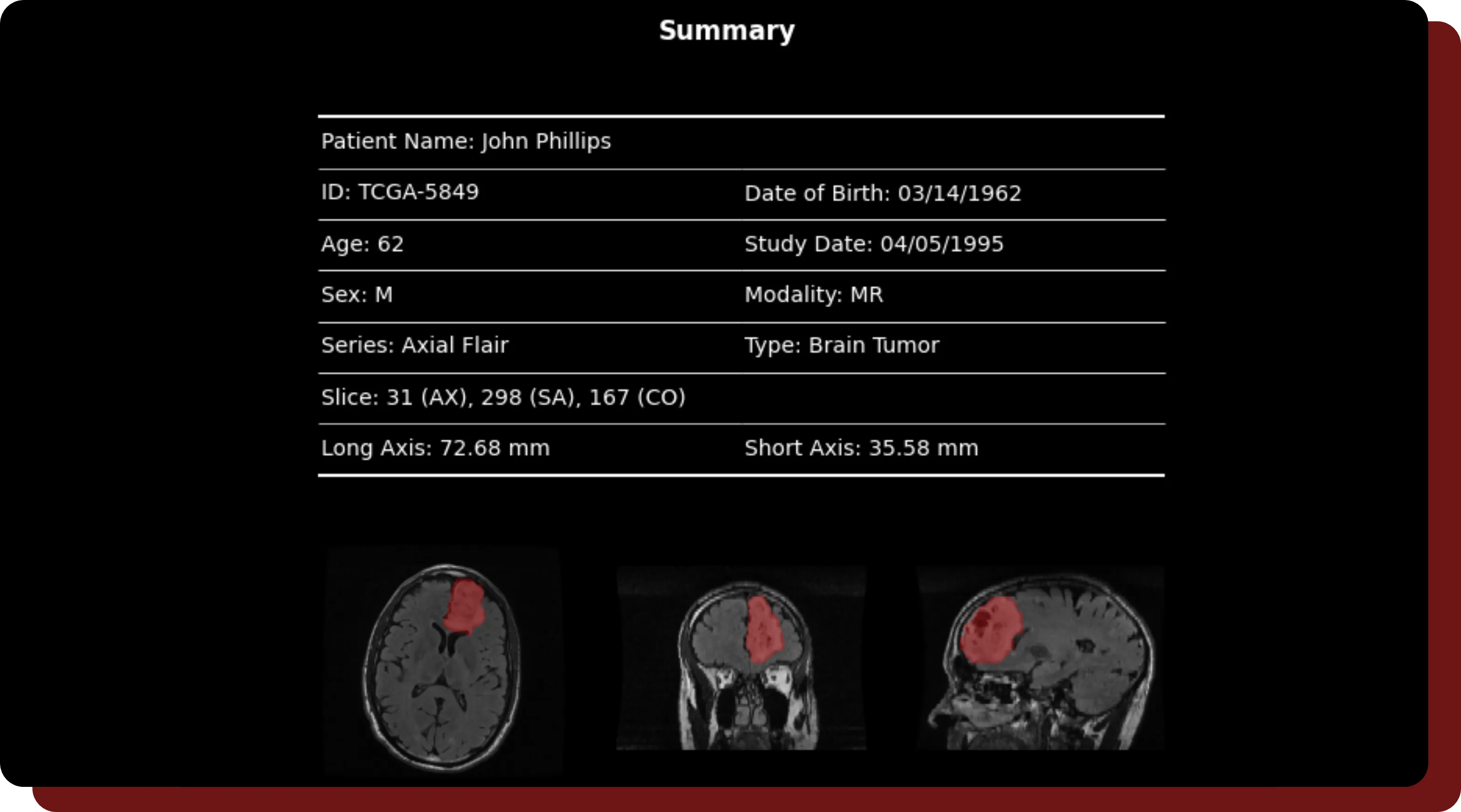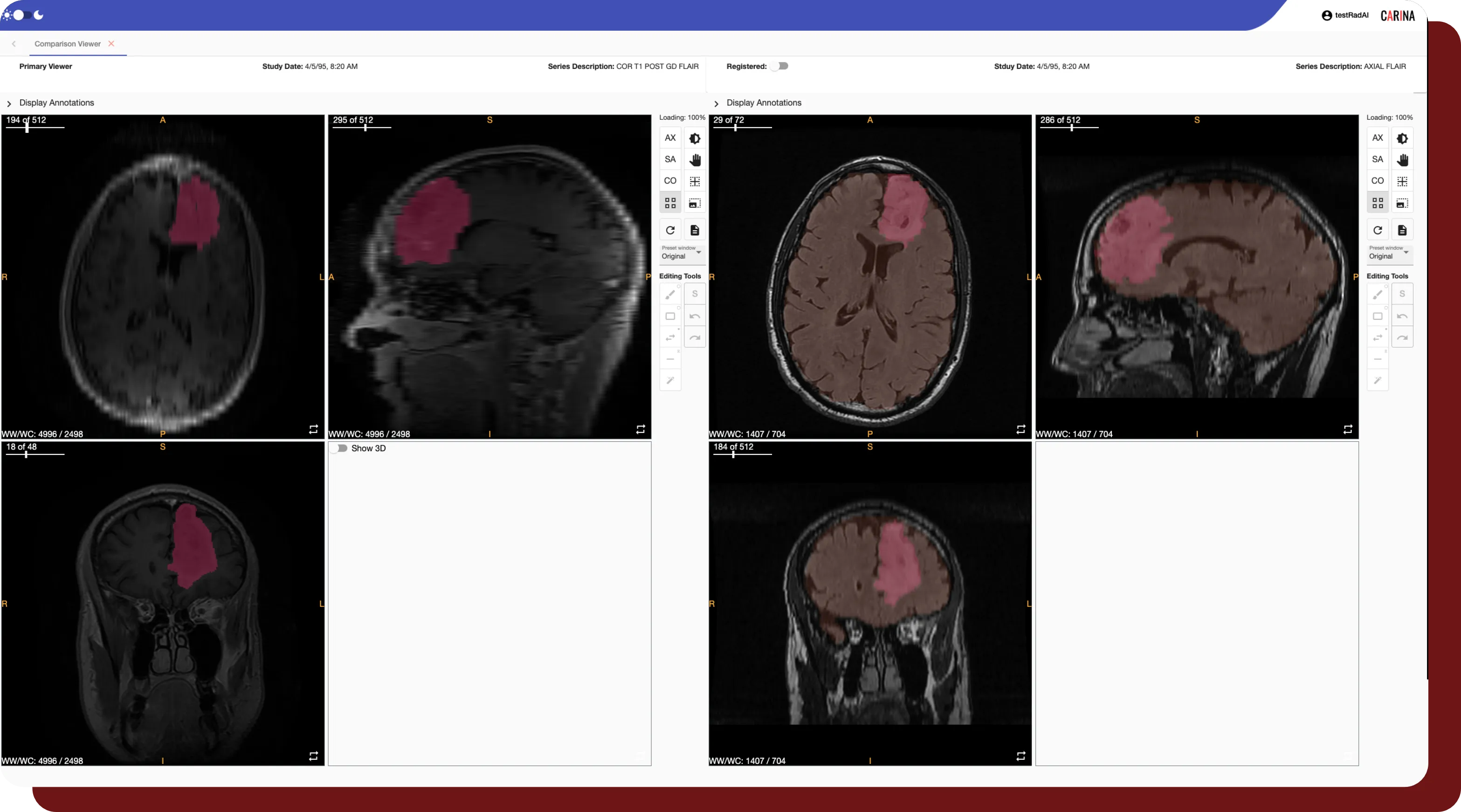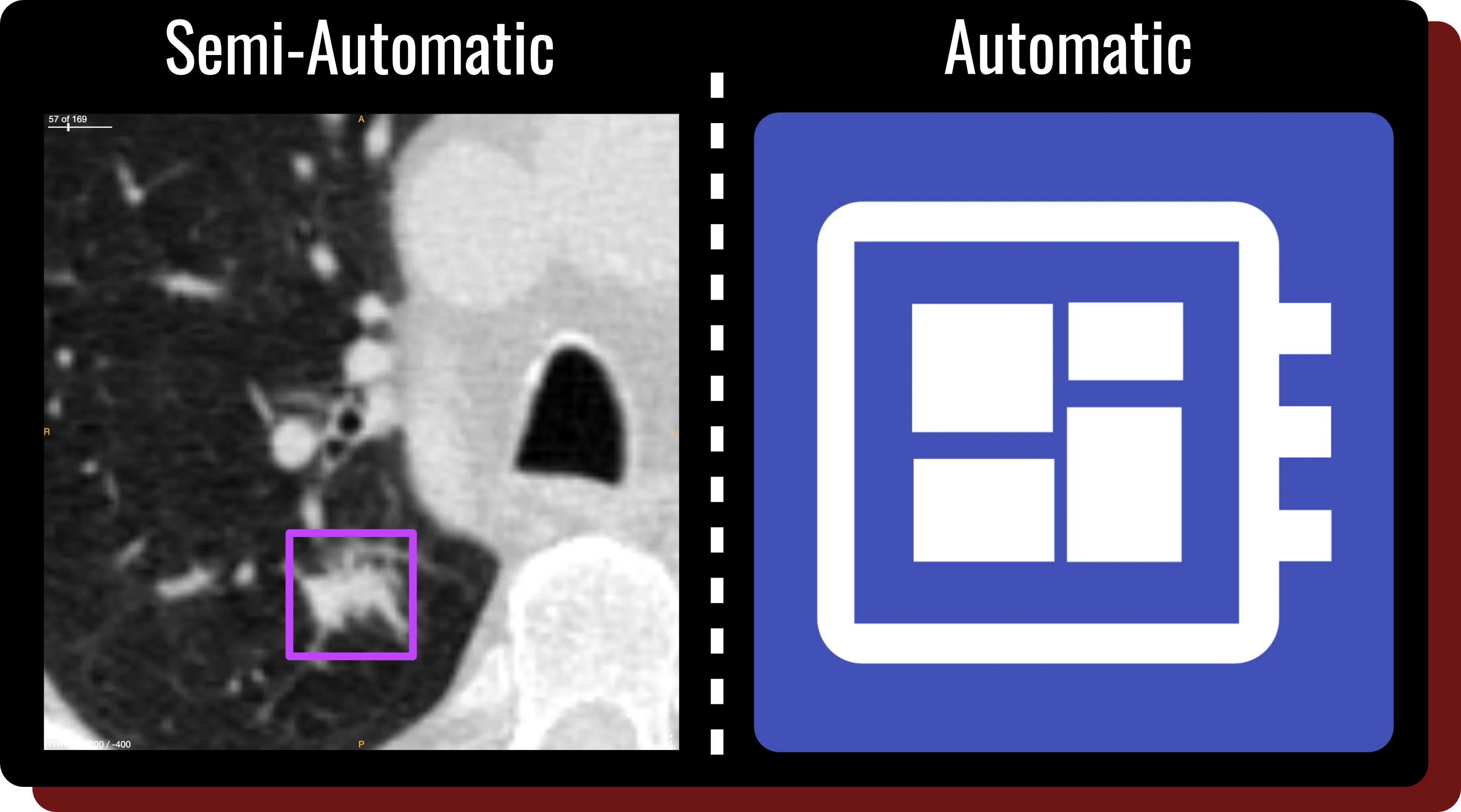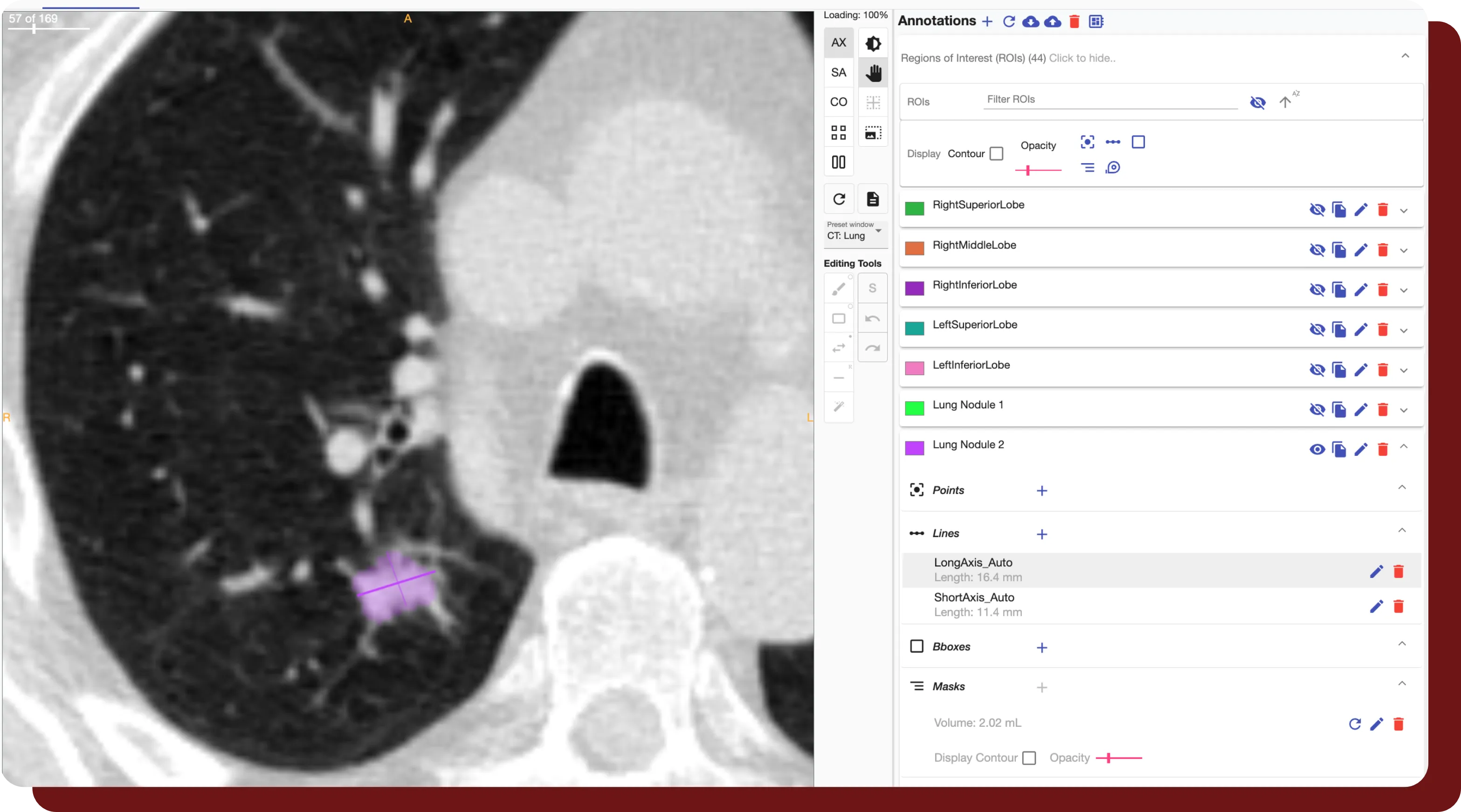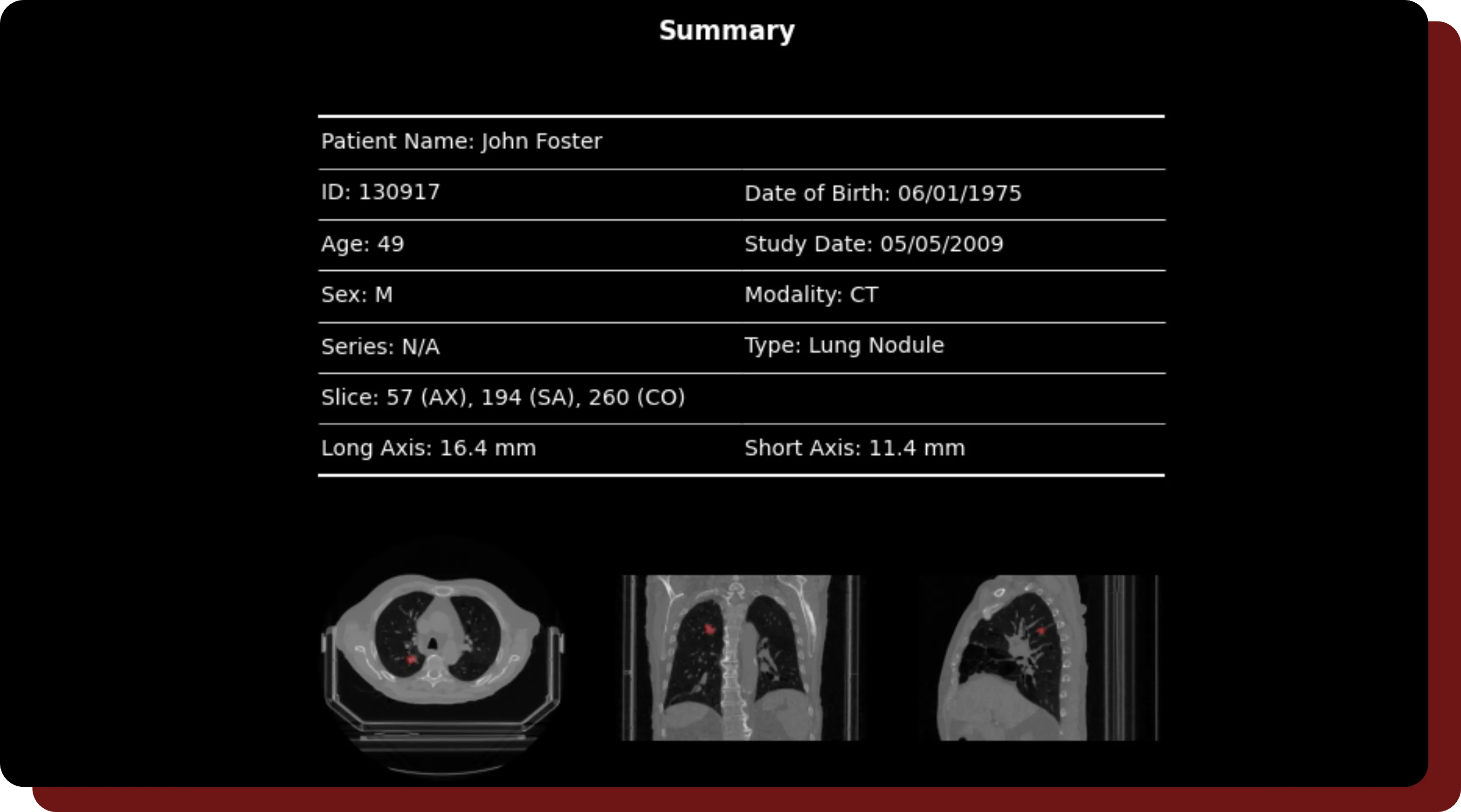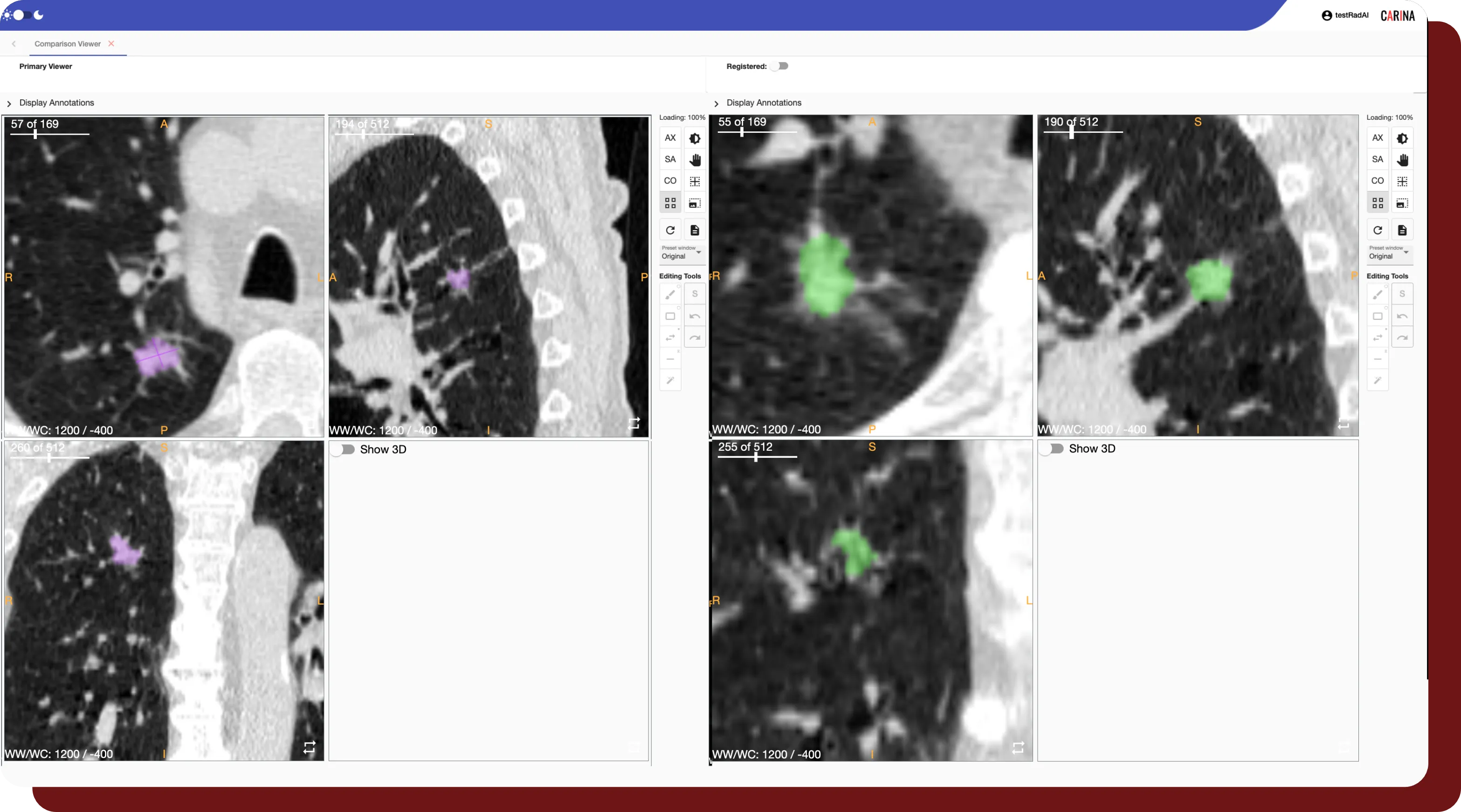Lung Nodule Malignancy Prediction in Sequential CT Scans: Summary of ISBI 2018 Challenge
Yoganand Balagurunathan, Andrew Beers, Michael Mcnitt-Gray, Lubomir Hadjiiski, Sandy Napel, Dmitry Goldgof, Gustavo Perez, Pablo Arbelaez, Alireza Mehrtash, Tina Kapur, Ehwa Yang, Jung Won Moon, Gabriel Bernardino Perez, Ricard Delgado-Gonzalo, M Mehdi Farhangi, Amir A Amini, Renkun Ni, Xue Feng, Aditya Bagari, Kiran Vaidhya, Benjamin Veasey, Wiem Safta, Hichem Frigui, Joseph Enguehard, Ali Gholipour, Laura Silvana Castillo, Laura Alexandra Daza, Paul Pinsky, Jayashree Kalpathy-Cramer, Keyvan Farahani
Read Here




